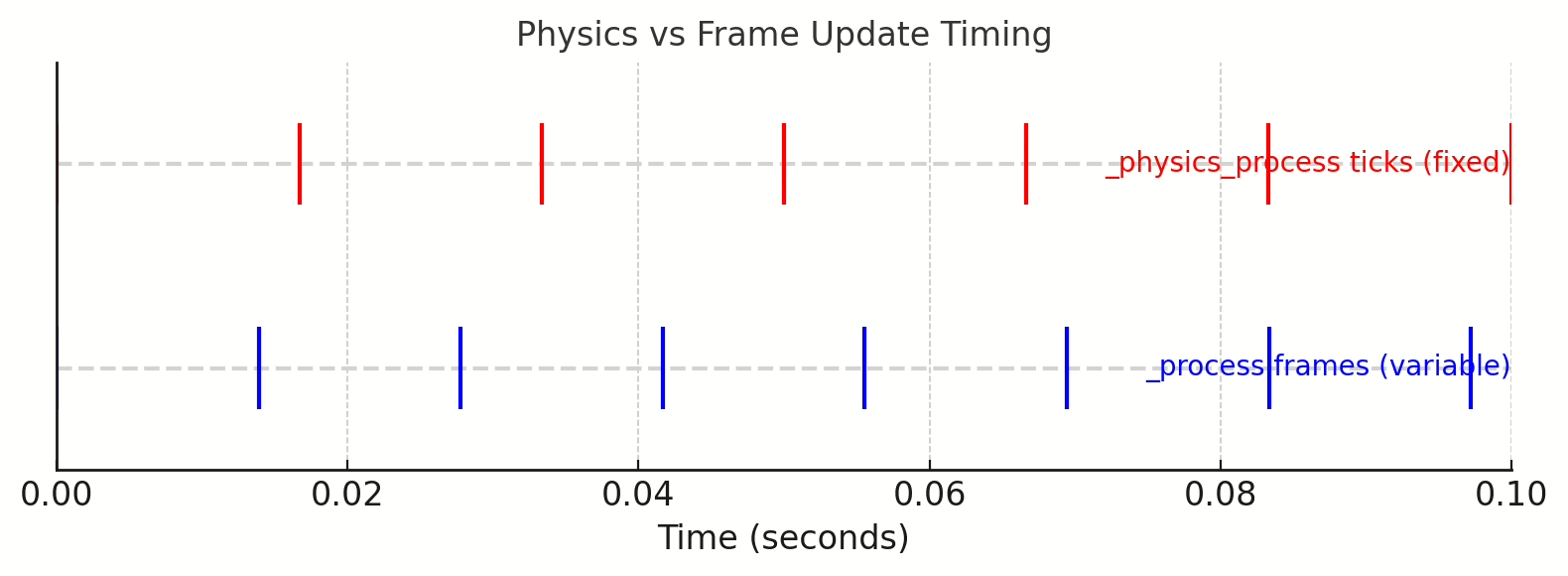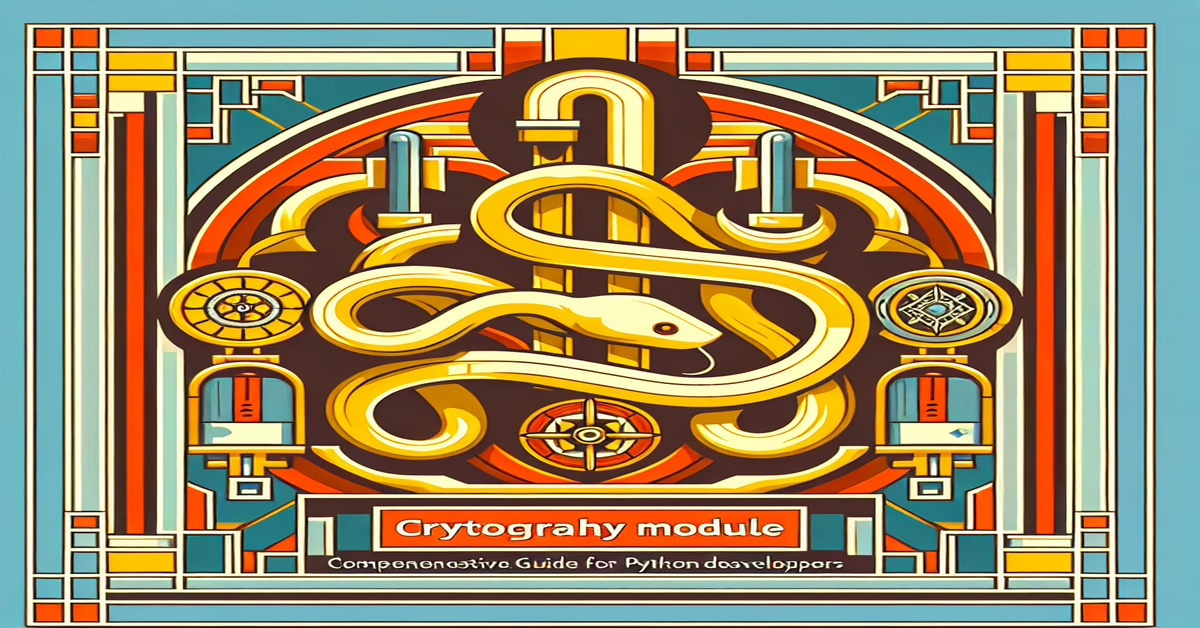Category: Software Development
-

aiohttp: Mastering Asynchronous HTTP in Python
Introduction to aiohttp aiohttp, an integral player in the asynchronous programming space for Python, provides an efficient way to manage HTTP requests both on the client and server sides. Built on top of Python's asyncio, aiohttp taps into concurrency by allowing asynchronous I/O operations, drastically improving performance for web applications that require high throughput or…
-

Godot 4.x Cheatsheet: _process vs _physics_process
This is part 2 in our Godot Cheatsheet series (part 1 here). Understanding when to use _process(delta) versus _physics_process(delta) will help you structure your Godot 4.x game for clarity and performance. Use _process for per-frame updates that don’t need strict timing (UI, effects, simple logic) dragonflydb.io. Use _physics_process for anything that benefits from a fixed…
-
Godot 4.3 Developer Cheatsheet: Game Architecture & Workflows
Each of these tips can contribute to smoother performance. The overarching principle is: do less work per frame. Profile, identify what work is necessary, and eliminate or stagger what isn’t. Godot is quite efficient, but a mindful architecture – organized scenes, decoupled signals, selective processing – will ensure your game runs optimally on your target…
-
Godot Assets 2025 January and February
Here are some of the newest assets updated in 2025 from the Godot Asset Library: Do not forget to check out the Godot Asset Library GPT Assistant: https://chatgpt.com/g/g-6760bc8eef708191bec22b139fe22712-godot-4-x-asset-library-assistant
-

CrowdSec: comunidad de desarrolladores
Introducción a CrowdSec CrowdSec es una iniciativa innovadora en el ámbito de la ciberseguridad que nace con el objetivo de ofrecer una plataforma colaborativa y abierta para la protección contra amenazas digitales. Inspirado en el modelo de la lista de IPs bloqueadas de fail2ban, CrowdSec va un paso más allá integrando un enfoque colaborativo que…
-

Protobuf in Python: A Technical Exploration
Introduction to Protobuf Protocol Buffers, commonly shortened to Protobuf, is a language-neutral serialization mechanism developed by Google. The primary use of Protobuf is to facilitate communication between systems in a platform-agnostic manner. Unlike traditional data formats like XML or JSON, Protobuf is designed to be simple, efficient, and compact, which can significantly reduce the size…
-
Dateutil Python Module: Mastering Time with Ease
Introduction to Dateutil In the world of Python programming, handling dates and times can quickly become a complex endeavor due to the myriad of formats and regional differences. This is where the `dateutil` module shines as an indispensable tool. The `dateutil` module is an extension to Python's standard `datetime` library, and it aims to simplify…
-

Pandas: Essential Python Data Analysis Tool
Introduction to Pandas Pandas is a transformative tool within the Python ecosystem, designed to facilitate data manipulation and analysis in a structured and efficient manner. As a go-to library for many data scientists, analysts, and engineers, Pandas provides a robust set of data structures that allow for handling complex data operations with relative ease. At…
-

Cryptography Module: Comprehensive Guide for Python Developers
Introduction to the Cryptography Package Cryptography is an essential aspect of any secure software application, and the cryptography package for Python aims to streamline the incorporation of cryptographic operations into your projects. Designed as a comprehensive "cryptographic standard library," it supports Python 3.7+ and PyPy3 7.3.11+, offering both high-level abstractions for ease of use and…
-

Pydantic: Streamlining Data Validation in Python
Introduction to Pydantic Pydantic is a Python library designed to provide powerful data validation and settings management using Python type annotations. Introduced to address the challenges developers face with data validation, Pydantic offers a straightforward and efficient way to define data schema, ensuring that data conforms to the expected structure and types. Leveraging Python 3.8+'s…